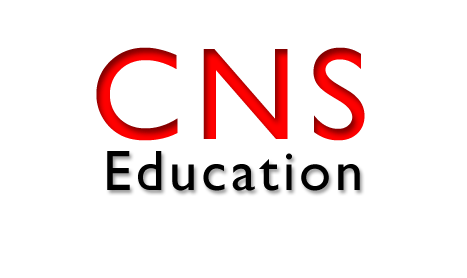WASHINGTON–Maryland lags behind the 2014 national averages for children enrolled in afterschool programs, according to a survey commissioned by the Afterschool Alliance.
The “America After 3 p.m.” survey examined 30,000 families nationally, finding that 18 percent of children were enrolled in an afterschool program in 2014, which is up from 15 percent in 2009. The 18 percent of involved schoolchildren in these programs equates to 10.2 million nationwide.
Maryland is in the middle of the pack, according to the survey, with 16 percent of its children participating in afterschool programs, which is down from 17 percent in 2009.
Approximately 21 percent of Maryland children are left unsupervised after school, which equates to 192,737 students. Maryland children K-12 are left alone and unsupervised for about 9 hours per week, which is higher than the national average of 7 hours per week.
However, the survey found that 36 percent of Maryland’s children would take part in an afterschool program if there was one available.
The Afterschool Alliance–which raises awareness about and advocates for afterschool programs through work with program operators and federal, state and local governments–presented the survey’s findings Wednesday at a Senate Afterschool Caucus briefing.
The survey compiled data from 50 states and the District of Columbia to calculate a composite score that was indexed against a national average.
“Our goal is more and better out-of-school-time opportunities for all youth and children in the state of Maryland,” said Tammy Shay, program coordinator at the Maryland Out of School Time (MOST) Network.
The MOST Network addresses three main goals: creating a sustainable structure of partnerships in the school community, improving statewide policies and supporting quality programs.
“We do what we can to look at the whole child and to look at youth development from a learning and experiential standpoint,” Shay said.
These afterschool programs provide children with opportunities for physical education, homework time, snacks and meals, reading and writing and science. technology, engineering and mathematics (STEM) learning.
Demand for these programs is greatest among low-income, African American and Hispanic families, the survey found.
“This demand is even higher for high-need groups,” said Jodi Grant, executive director of the Afterschool Alliance. “So what we find is for low-income kids, for kids of color, there’s more interest in afterschool programs and there’s more need for afterschool programs. For many of these programs, the greatest barrier is the cost of the programs.”
“There’s always room for improvement. The [survey] data tells us so,” Shay said. “We need to start looking for the partnerships that we can put in place that will answer the needs of parents and of students and of employers and educators, of course. We have a lot of work to do in Maryland in addition to already celebrating a lot of successes taking place.”

